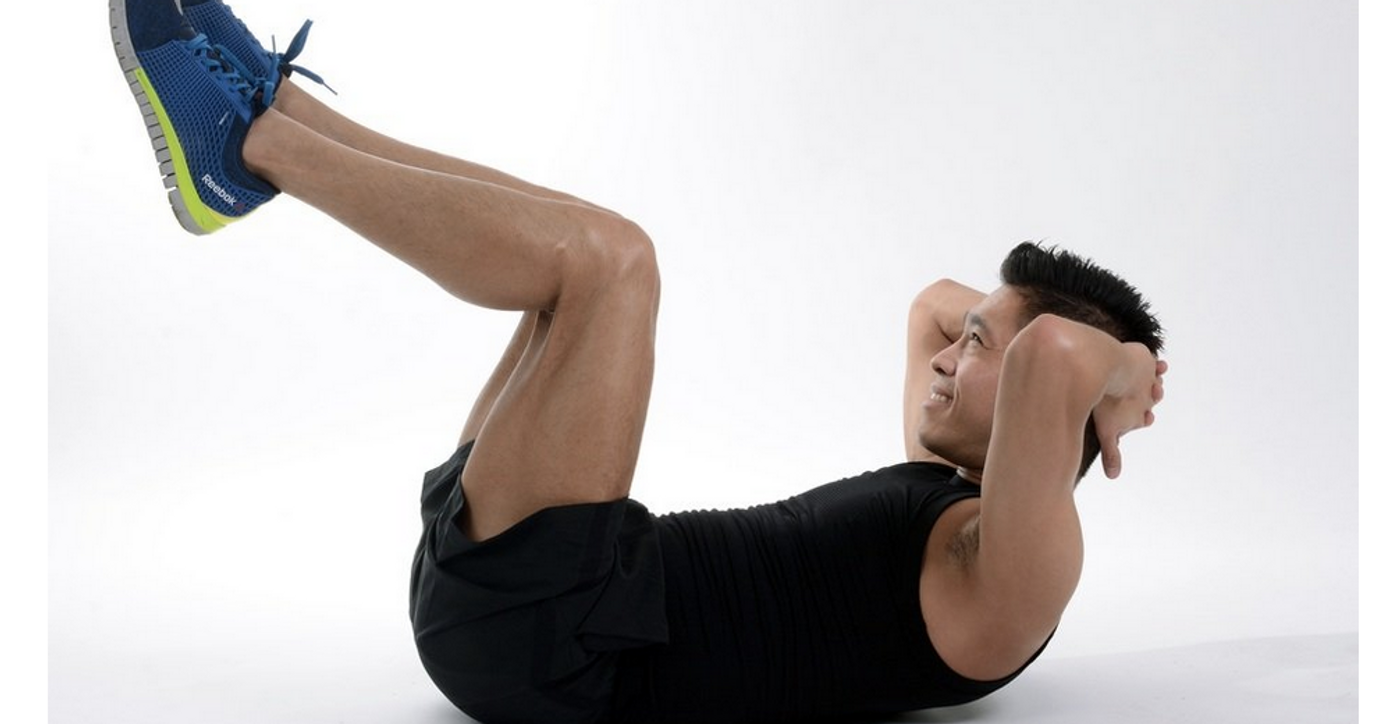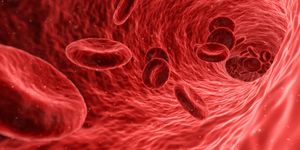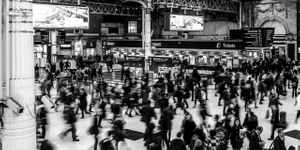Muscle Cells Can Block Inflammation When Exercised
Inflammation can be a crucial process; the body needs it to heal injuries and prevent infection. But inflammatory processes have to be carefully regulated; when they spin out of control, they can cause serious illness and even death, like in the case of sepsis or cytokine storms. Chronic inflammation is also linked to many disease processes like arthritis and sarcopenia. Researchers have now found that human muscle cells are able to prevent the negative impacts of chronic inflammation when they are exercised. This research, which utilized engineered muscle tissue grown in the lab, was reported in Science Advances.
"Lots of processes are taking place throughout the human body during exercise, and it is difficult to tease apart which systems and cells are doing what inside an active person," said Nenad Bursac, professor of biomedical engineering at Duke.
A known pro-inflammatory molecule called interferon-gamma has been linked to muscle dysfunction and loss. Exercise has been thought to help relieve the effects of inflammation in the body, but not much was known about how muscles were involved.
"We know that chronic inflammatory diseases induce muscle atrophy, but we wanted to see if the same thing would happen to our engineered human muscles grown in a Petri dish," said the first study author Zhaowei Chen, a postdoctoral researcher in Bursac's laboratory. "Not only did we confirm that interferon-gamma primarily works through a specific signaling pathway, we showed that exercising muscle cells can directly counter this pro-inflammatory signaling independent of the presence of other cell types or tissues."
The Bursac lab has been developing a muscle model that enables them to study functional human skeletal muscle cells that are capable of contracting by growing them in a dish. They've been able to add complexity to the model by adding immune and stem cells.
"Our engineered muscle platform is modular, meaning we can mix and match various types of cells and tissue components if we want to. But in this case, we discovered that the muscle cells were capable of taking anti-inflammatory actions all on their own," said Bursac.
This study took advantage of that platform, and exposed these functional muscle cells to high levels of interferon-gamma over a seven day period. This was meant to mimic the effects of chronic inflammation. The researchers saw that there was a loss of muscle tissue and strength.
Next, the researchers exposed the cells to interferon-gamma again, and then stimulated the muscle cells with electrodes to recapitulate the effects of exercise. The scientists expected that some muscle cells would grow as they saw in previous work. But surprisingly, they determined that the detrimental impact of chronic inflammation was almost totally prevented. Further work revealed that after the electrical stimulation, a biochemical pathway was inhibited. Two rheumatoid arthritis medications that act on this pathway, tofacitinib, and baricitinib had the same effect.
"When exercising, the muscle cells themselves were directly opposing the pro-inflammatory signal induced by interferon-gamma, which we did not expect to happen," said Bursac. "These results show just how valuable lab-grown human muscles might be in discovering new mechanisms of disease and potential treatments. There are notions out there that optimal levels and regimes of exercise could fight chronic inflammation while not overstressing the cells. Maybe with our engineered muscle, we can help find out if such notions are true."
More work will be needed to confirm that these findings recapitulate the effects of exercise on muscles in people.
Sources: AAAS/Eurekalert! via Duke University, Science Advances









